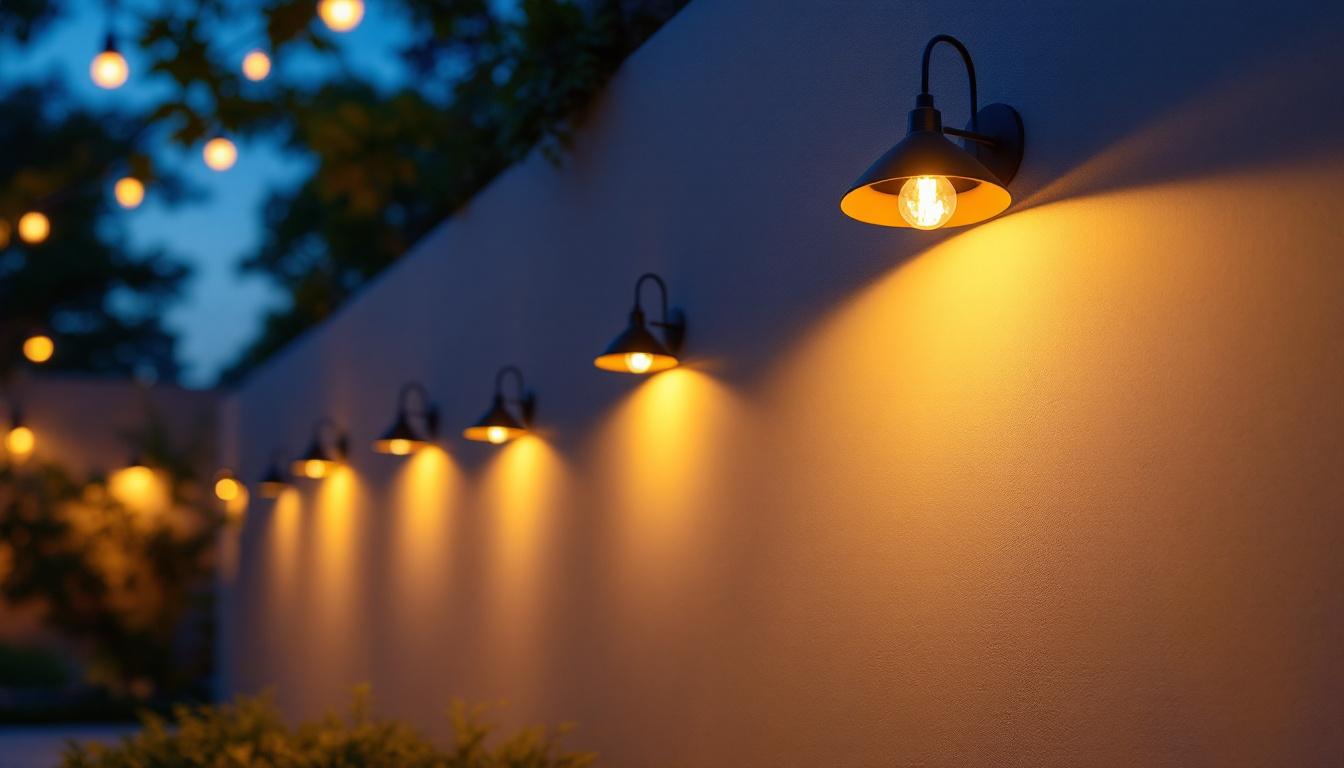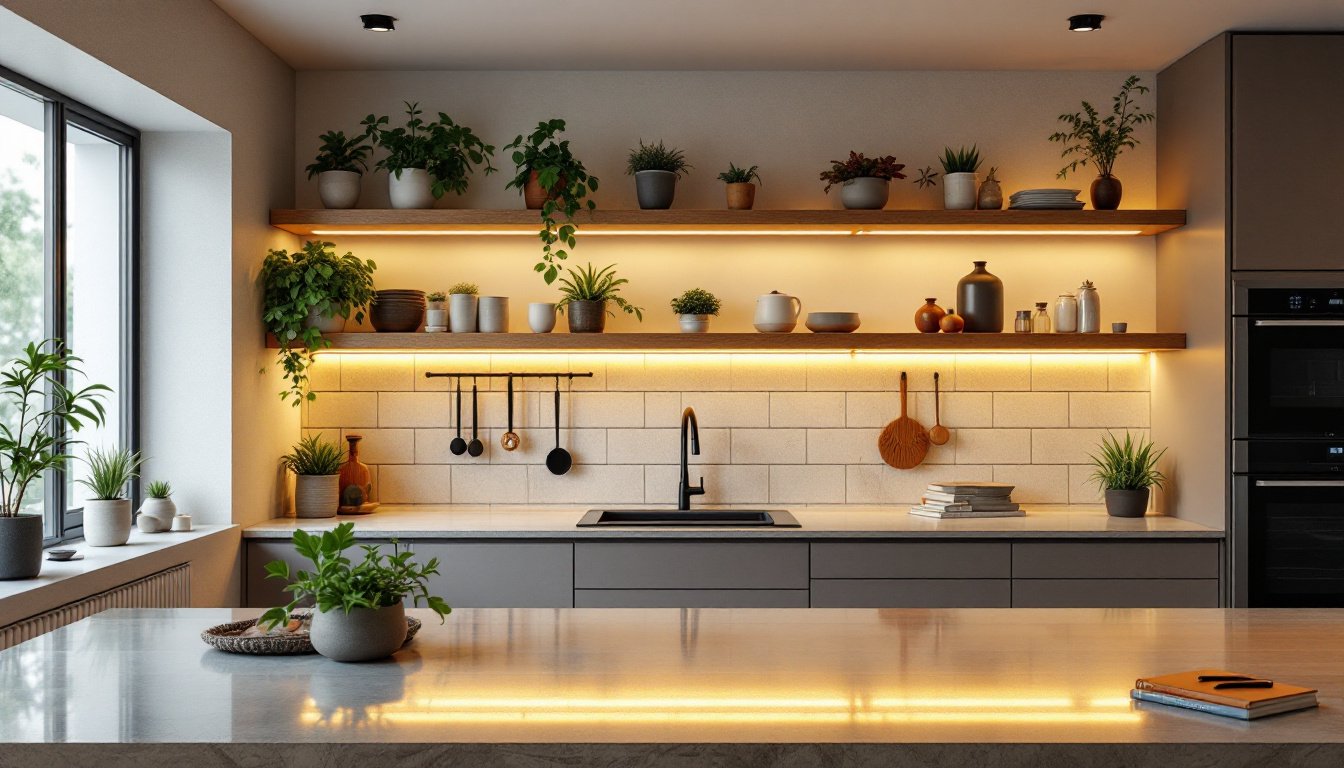
In the world of outdoor lighting, a contractor’s expertise can significantly enhance the aesthetic and functional aspects of a property. With a plethora of options available, understanding the various types of outdoor lights, their applications, and installation techniques is essential for any lighting contractor. This guide aims to provide a comprehensive overview of outdoor lighting solutions, ensuring that contractors are well-equipped to meet their clients’ needs.
Outdoor lighting serves multiple purposes, from enhancing security to creating an inviting atmosphere. Before diving into specific types of lights, it’s crucial to grasp the fundamental concepts that govern outdoor lighting design.
Outdoor lighting can be categorized into several key purposes:
Outdoor lighting is not a one-size-fits-all solution. Various types of lights serve different functions and aesthetics:
When designing an outdoor lighting plan, several factors must be considered:
In addition to these considerations, the placement of outdoor lighting fixtures is paramount. Strategic positioning can enhance the overall effect, ensuring that light is directed where it is most needed. For instance, placing lights at varying heights can create a layered lighting effect, adding depth and interest to outdoor spaces. Furthermore, using dimmers or smart lighting systems allows homeowners to adjust brightness levels according to the time of day or occasion, providing flexibility and control over the ambiance.
Another important aspect to consider is the impact of lighting on the surrounding environment. Choosing fixtures that minimize light pollution can help preserve the natural beauty of the night sky while also being considerate of neighbors. Additionally, incorporating solar-powered lights can be an eco-friendly option that reduces reliance on traditional electricity sources, making outdoor lighting not just functional and beautiful, but also sustainable.
With a clear understanding of outdoor lighting’s purpose and types, the next step is selecting the right fixtures. The choice of fixtures can significantly impact the overall effectiveness and aesthetic appeal of the lighting design. Selecting the right fixtures involves not just considering the look and feel but also how they will function in different weather conditions and their longevity over time.
Outdoor lighting fixtures are available in a variety of materials, each with its advantages and disadvantages:
The style of outdoor lighting fixtures should complement the architecture of the property. Considerations include:
As sustainability becomes increasingly important, contractors should prioritize energy-efficient lighting solutions. LED fixtures, solar-powered lights, and smart lighting systems not only reduce energy costs but also appeal to environmentally conscious clients. Additionally, incorporating motion sensors and timers can further enhance energy savings by ensuring lights are only on when needed, thus prolonging the lifespan of the fixtures and reducing the overall carbon footprint.
Furthermore, the integration of smart technology allows homeowners to control their outdoor lighting from their smartphones, providing convenience and the ability to customize lighting settings for different occasions. This not only enhances security by allowing lights to be scheduled or turned on remotely but also adds a layer of sophistication to the outdoor living experience. As outdoor spaces become extensions of the home, investing in thoughtful lighting solutions can transform these areas into functional and inviting environments, perfect for entertaining or relaxing under the stars.
Proper installation is crucial for the longevity and effectiveness of outdoor lighting systems. Understanding the best practices can help contractors avoid common pitfalls.
Before installation, a detailed plan should be created. This includes:
For wired systems, proper wiring techniques are essential:
After installation, testing the system is critical. Adjustments may be necessary to achieve the desired lighting effects. This includes:
Maintaining outdoor lighting systems is essential for longevity and performance. Regular upkeep can prevent issues and ensure that the lighting remains effective and appealing.
Contractors should recommend regular inspections to clients. Key areas to focus on include:
Seasonal changes can impact outdoor lighting systems, necessitating specific maintenance tasks:
As technology evolves, so do outdoor lighting options. Contractors should stay informed about the latest advancements:
Outdoor lighting projects can present unique challenges. Understanding these challenges and their solutions can help contractors navigate potential issues effectively.
Outdoor lighting systems are exposed to the elements, which can lead to various challenges:
Managing client expectations is crucial for a successful project:
Budget constraints can impact the scope of a project. Solutions include:
Outdoor lighting is a vital aspect of any property, enhancing security, aesthetics, and functionality. For lighting contractors, understanding the various types of outdoor lights, installation techniques, and maintenance practices is essential for delivering exceptional results. By staying informed about the latest trends and technologies, contractors can provide clients with innovative and energy-efficient solutions that meet their needs and exceed their expectations.
In a competitive market, the ability to offer comprehensive outdoor lighting services can set a contractor apart. By mastering the nuances of outdoor lighting design and installation, contractors can build a reputation for quality and reliability, ultimately leading to greater client satisfaction and business success.
Ready to elevate your outdoor lighting projects with superior quality and value? Look no further than LumenWholesale for all your lighting needs. Our spec-grade lighting products are designed to meet the highest industry standards, ensuring that every installation shines with reliability and performance. With unbeatable wholesale prices and the convenience of free shipping on bulk orders, you can trust LumenWholesale to provide the best lighting solutions without the middleman markup. Transform your outdoor lighting designs today by visiting Wholesale Lighting at the Best Value and discover the perfect blend of quality, affordability, and convenience.

Discover how LED lighting panels are revolutionizing the work of lighting contractors by simplifying installation and enhancing efficiency.

Discover the essential tips and expert advice for lighting contractors on selecting the perfect under shelf lights.

Discover how incorporating pole lights into your outdoor projects can elevate your landscaping business and secure more contracts.

Discover essential tips and best practices for lighting contractors in our comprehensive guide to plug-in wall lamp lighting.